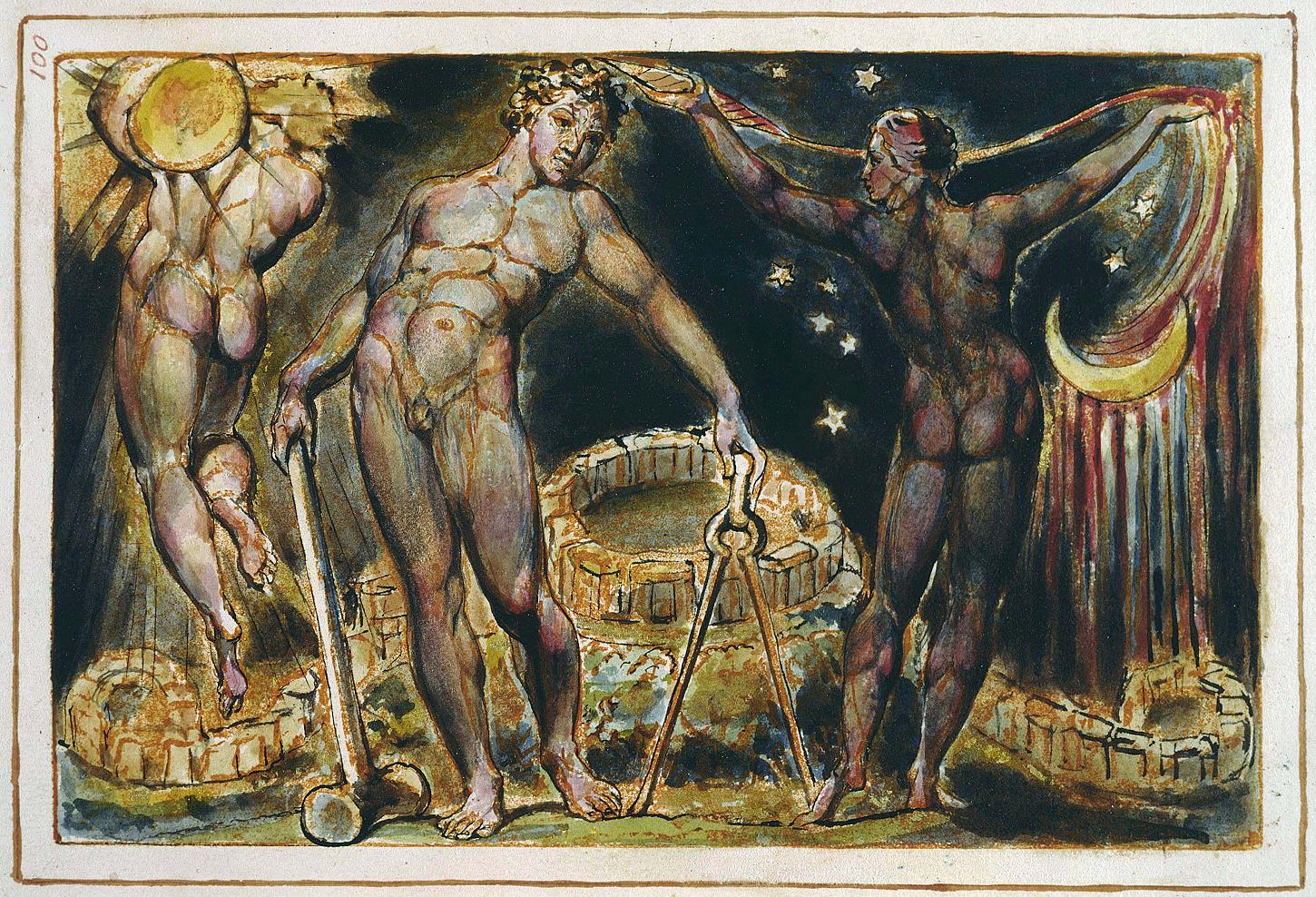Philosophers give a lot of thought and study to the question of external existence and and the access we have to it. We tend to think of the images we have in our minds as having external referents, and we take sense data as being the evidence of that. But we 'know' that sense data is highly processed by the mind before it enters our consciousness. The mind has created a symbol which we can read as an object. So we postulate one of the first levels of 'symbol'; the processed data as opposed to the raw data with which we were originally bombarded. If the external world is the source of raw data, the question becomes what is the organization inherent in the external world or is there any. Does the organization (form) have an independent existence or was it created by us, through us, for us?
We tend to think of the latest concept of perceiving as being the true representation of the outer world. But we can recognize that any representation is a symbol and not the object symbolized. The contrast between Jesus and the Christ demonstrates some of how symbols work. We take Jesus as less a symbol than Christ, because a historical person named Jesus had accounts written of his activities in the world we recognize as our exterior world. Christ is altogether symbol because it is an idea, a force, a constellation of characteristics, an archetype, a non-sensory entity. We can clarify our thinking by understanding our symbols: where we are coming from, how many layers of processing they have been through, what purpose they are serving, what meaning they convey to others and how they may be expressed in less symbolic language. But this is understanding symbols from the outside.
Many think that Blake lived in a symbolic world to which few have access. Those learning a new language using words, undergo a transition to mastering the new language without translating from the original language. Those learning to process information in the symbolic language must learn to think in the language of symbols before they have a mastery of it. We translate ideas to and from symbols as an exterior exercise, Blake understood them through the very structure and organization of his mind.
 |
Jerusalem Plate 100 Urizen, Los and Enitharmon |
Many students of Blake tell us the same thing in different ways: the crux of reading Blake is in a transformation of one's thinking - not what you think but how you think. As I have said before Blake doesn't want us to go out the same door we came in.
Pierre Berger, William Blake: poet and mystic, (Page 107) gives us an idea of how Blake developed the characters, Urizen and Los, as a symbols carried by a particular personalities:
"By the same process, the Eternal Man has become a definite personality. The birth of Urizen is not merely a mystical representation of the world's creation : it symbolizes also the creation of man as a distinct being. Like Urizen, the Spirit of Man broke away from that of the Eternals, and found itself closed up in Time and Space. But, in this second interpretation, Los is no longer only symbolical of Time : he is also the Prophet of Eternity, the prophetic Spirit in humanity, sent by the Eternals to watch over man, even while he separates him from them. And as he fulfills this task, he cannot help retaining a remembrance of the Eternals, and a clear consciousness of their existence. His mission of separation reminds him perpetually of his former union with them. Consequently, he keeps alive in man's spirit the recollection of his first state, and a vague longing to return to it. He is the spirit of the Seers, the spirit that will later on inspire the poets and the artists, and speak by the mouth of the prophets. By him comes all that constitutes the Ideal, all that reaches us from the unseen world. He is at the root of all the arts and of all true religion ; for religion and art are nought but visions of Eternity. He it was who spoke through Milton. He it is who will enter into Blake, and dictate his words."
Blake built his symbols by reaching into archetypal experience and incorporating mythopoeic images into poetic form. .

No comments:
Post a Comment